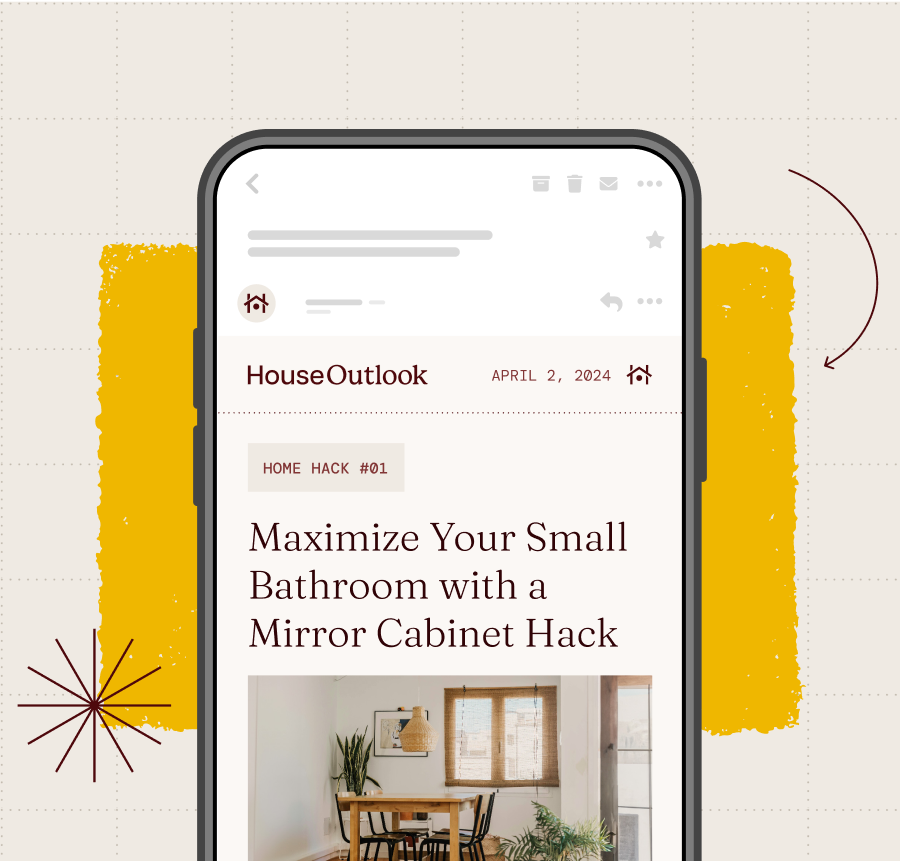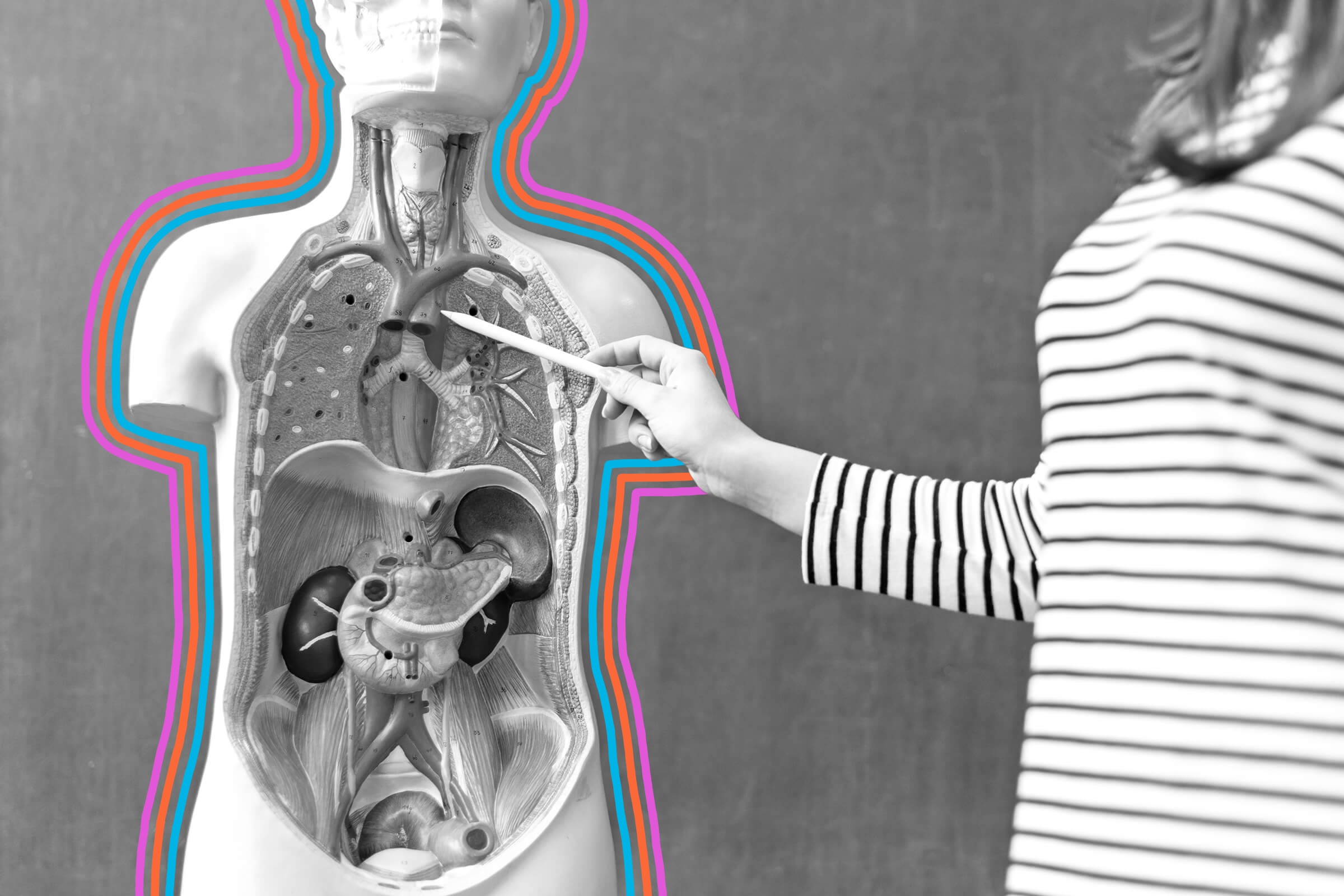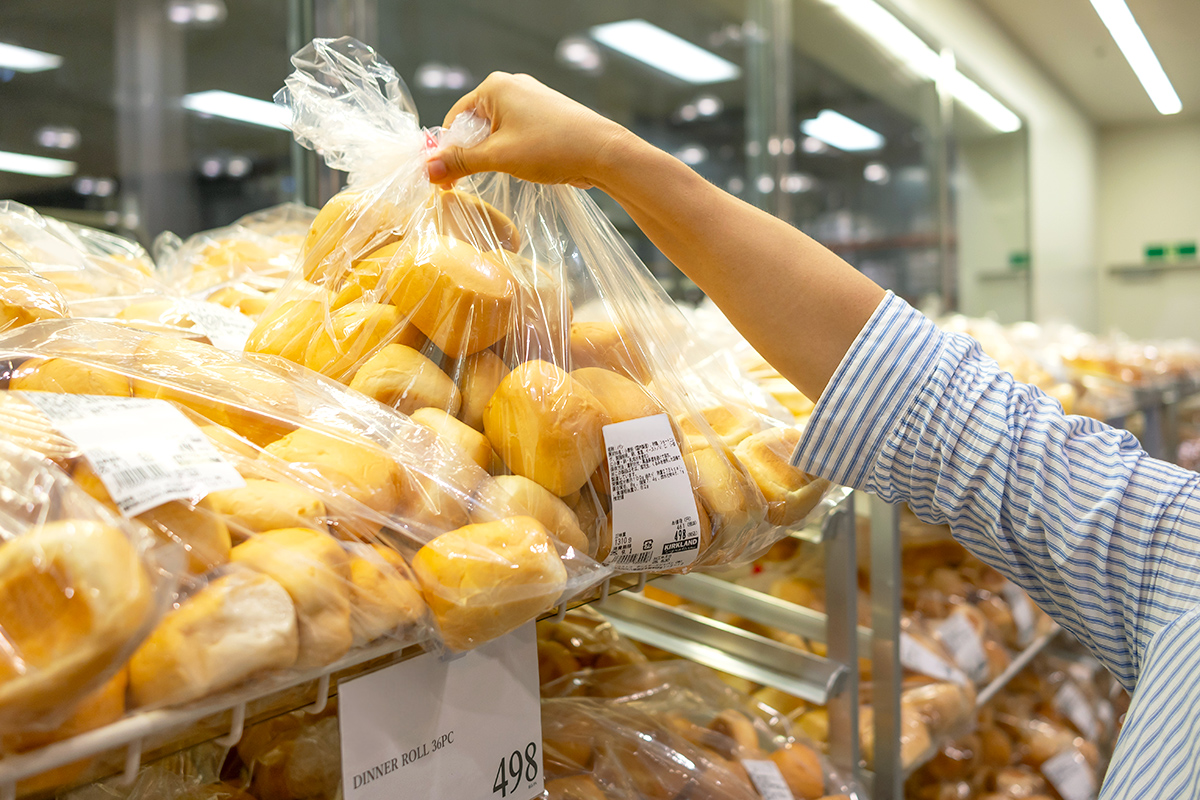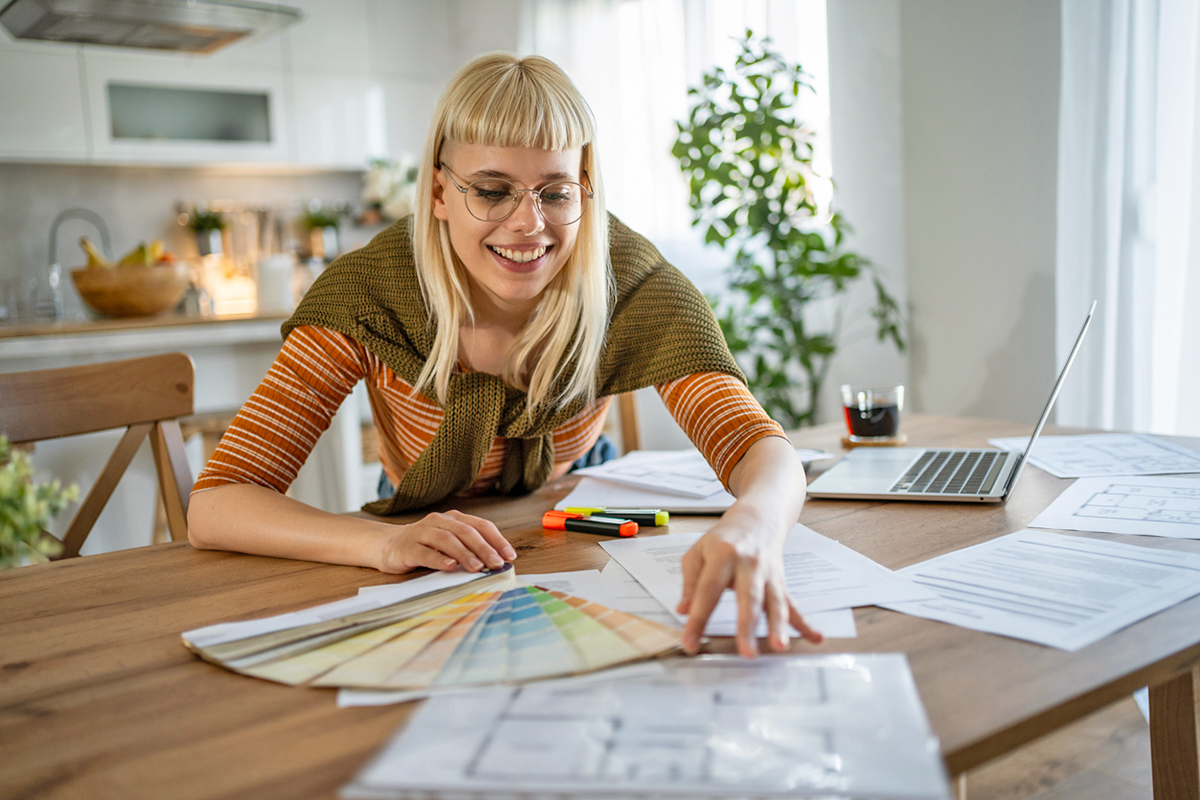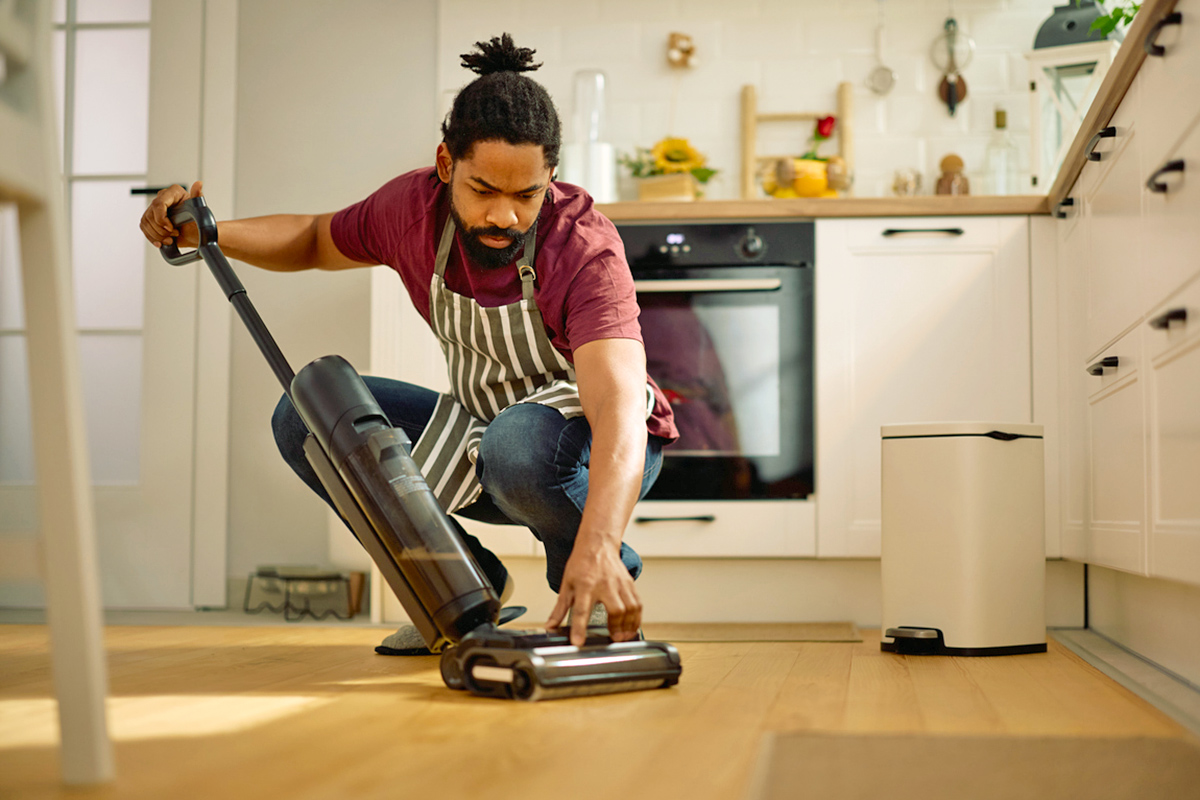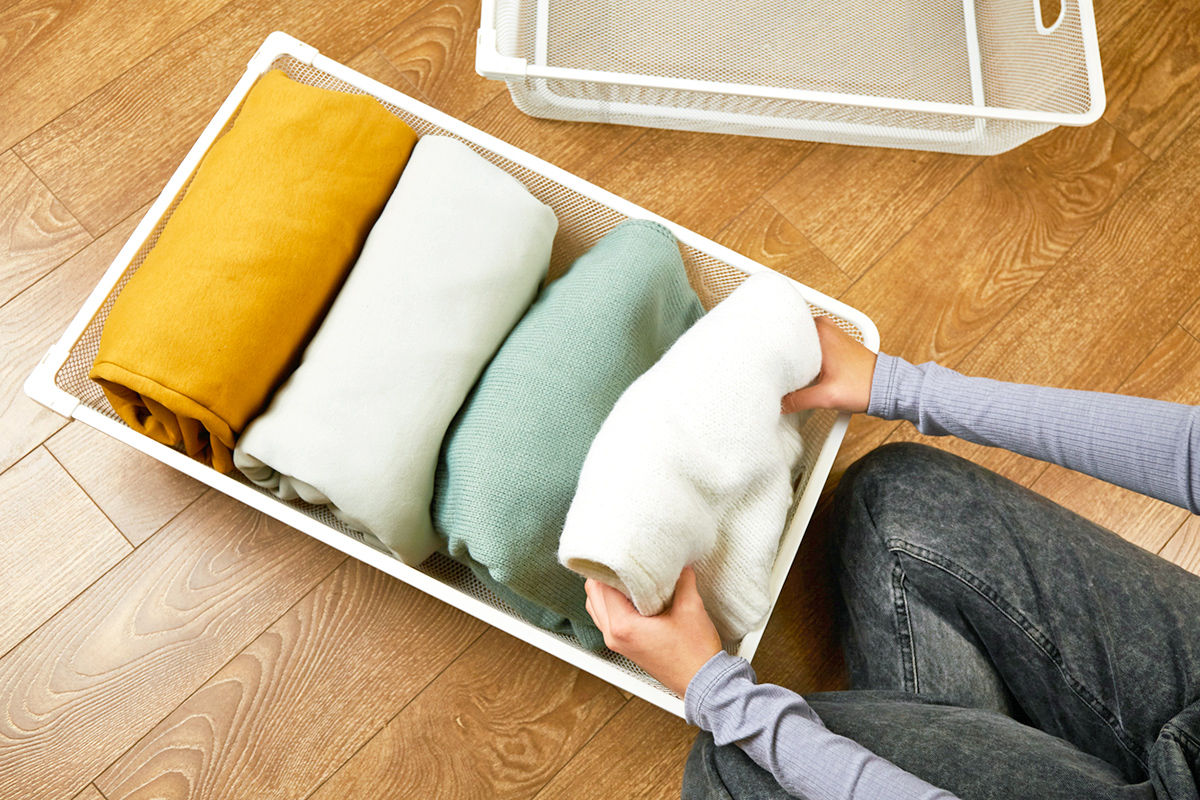Ferns, pothos, peace lilies, monstera … what do these houseplants have in common? Well, for starters, they’re among the most popular varieties people keep in their homes. And second, they all thrive in humid environments. Most houses and apartments are a far cry from the tropical humidity these plants crave, but there are some super…
An Easy Way To Provide Humidity for Plants
Simulating a humid, subtropical environment for your plants is far easier than you’d expect. According to TikTok creator and houseplant stylist Reagan Kastner, grouping your plants close together is the one of the best ways to provide the dewy dampness they need.
This is due to transpiration: Plants naturally release moisture through their leaves, which then disperses into the air. When you bunch a few plants together, they do this simultaneously, creating a humid microclimate around themselves. There’s no magic number, but the more plants you group, the better. Large-leafed plants also release more humidity, so consider adding a few of those to your collection.
This practice not only creates humidity but also sustains it, making it the perfect horticultural hack for keeping plants happy while you’re away traveling, for greenhouses, and even for forgetful plant parents. Your houseplants will still need regular watering, of course, but this trick easily adds humidity to their environment, which can help with things like moisture distribution and photosynthesis.
More Ways To Hack Humidity
Don’t have enough plants to create your own humid microclimate? No worries — Kastner has a few more hydrating hacks to keep your plant babies healthy and happy. A humidifier is the most effective way to add moisture to the air in any room. An ultrasonic humidifier, such as this LEVOIT model, provides a consistent, cool mist and is both energy-efficient and ultra-quiet. (Just remember to use distilled water if you have hard tap water.)
More from our network
House Outlook is part of Inbox Studio, which publishes content that uplifts, informs, and inspires.
Can’t bring humidity to your plants? Then bring your plants to the humidity. If you have windowsills or other flat surfaces in steamy spaces such as the bathroom, kitchen, or laundry room, you can use that output to hydrate them.
One solution that’s not generally worth it? Misting houseplants. Kastner explains that while it adds a small, temporary boost of hydration, those droplets evaporate within minutes, so it won’t do much for your plants long-term. In fact, certain plants, such as succulents and varieties with fuzzy leaves, can even be harmed by misting, as it may lead to fungal diseases.
